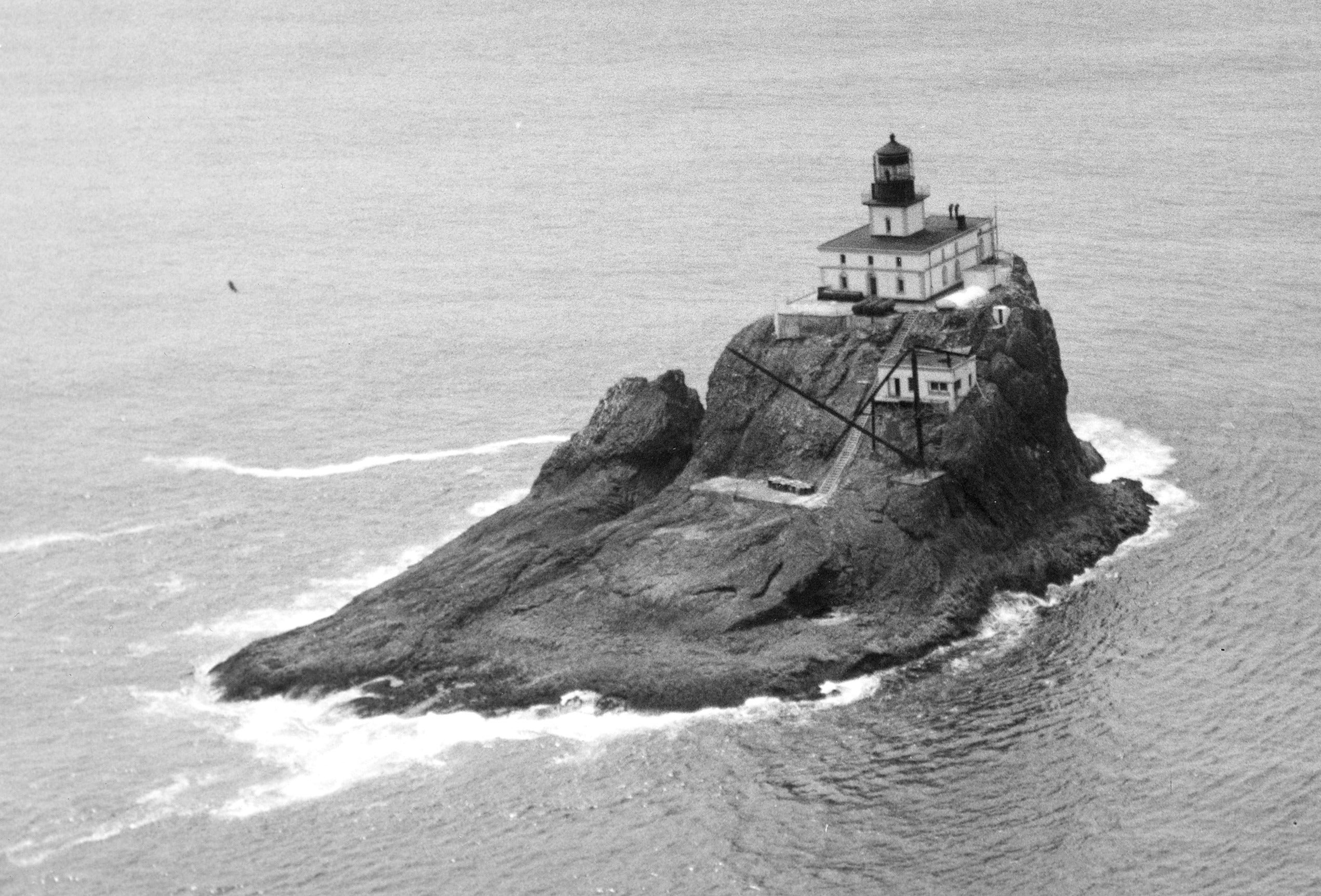The Last Night of the Lupatia

Off the trail, there is a cliff. And down the cliff —1,000 feet below, and more than a mile off shore — there is a battered tower, atop a battered chunk of rock, jutting out of the Pacific Ocean.
This is the Tillamook Rock Light as seen from the Oregon Coast Trail. Its beacon no longer shines, but for more than 70 years, the lighthouse guided sailors through these unforgiving waters. It was lit for the first time on January 21, 1881, just 18 days too late for the Lupatia and her crew.
Lydia, my fiancee, and I stumble upon the lookout just before dusk, after hiking six miles in from Seaside through Ecola State Park. The Pacific laps gently at the rocks below us. We can just make out the tide breaking on the big rock, the lighthouse perched defiantly on top, bleached white by the sun. The evening is calm, but it’s easy to imagine how frightening the rocky shore must have looked in the grips of a squall.
The Lupatia is one of those unlucky ships famous primarily for sinking. Accounts of the tragedy vary, but the oldest likely comes from Lewis and Dryden’s Marine History of the Pacific Northwest, published just four years later.
The Lupatia was a British bark, a type of square-rigged ship, bound for Portland after making the long crossing from Hiogo, Japan. The crew had lost their captain early in the voyage, and command had fallen to the ship’s mate, B.H. Raven. On January 3, 1881, they were making their way north to the mouth of the Columbia River, hugging the coast. A strong southwesterly wind blew that night, and a heavy fog lay upon the water.
On Tillamook Rock, a small crew was finishing construction on the lighthouse. Around 8 p.m., the workers heard voices on the wind, and spotted the red light of a ship. They hurried to kindle lanterns and a signal fire. Through the fog they could just make out the Lupatia struggling in the wind, dangerously close to the rock. They must have held their breaths as the ship drifted back into the darkness, and the light and the voices faded.
Daylight dashed any hopes they may have had that the ship had escaped. The next morning, the bodies of 12 men lay washed up on the beach. Four members of the crew were never found. Of the Lupatia itself, little remained but flotsam, scattered among the rocks where it likely broke apart in the storm.
Lydia and I make our way back to camp, surrounded by the looming, mossy trunks of Sitka spruce and red alder. Lydia reads aloud from a while I light a fire and heat water for supper. After eating, we smother the embers, string up the bear bag, and settle in our hammock. The sun drops below the false horizon of the cliff’s edge before sinking into the sea.
More than once I wake to feel Lydia lying beside me, tense and awake. “What is that?” she whispers. There’s a slow creak, and then a cry in the darkness.
“It’s just the trees,” I tell her. It’s just the trees, I tell myself. Sleep comes and goes as I struggle not to hear things.
The daylight burns off our bad dreams. After oatmeal and coffee, Lydia and I both feel better, but we waste no time cinching our packs and heading back down the trail. We’re back to the car in good time, with enough left over that we drive south to Cannon Beach for lunch and a nap on the sand.
There was one survivor from the Lupatia. Sifting through the bodies on the beach that morning, searchers found the ship’s dog, whimpering and exhausted after swimming more than a mile through the frigid waters to the shore. He could not tell the story of his lost companions. But that quiet night, on the Oregon coast, it almost seemed like we could hear him howling for them.